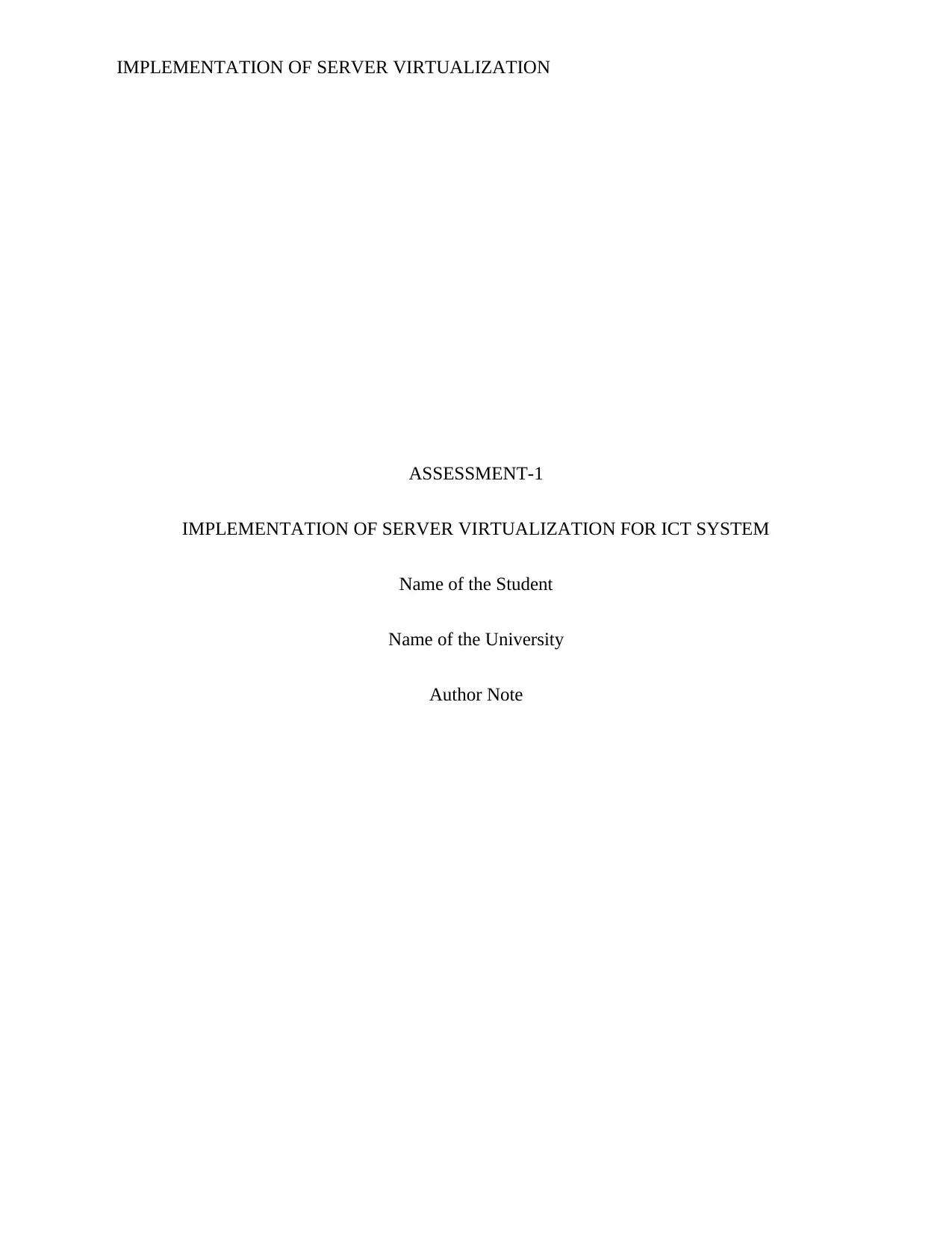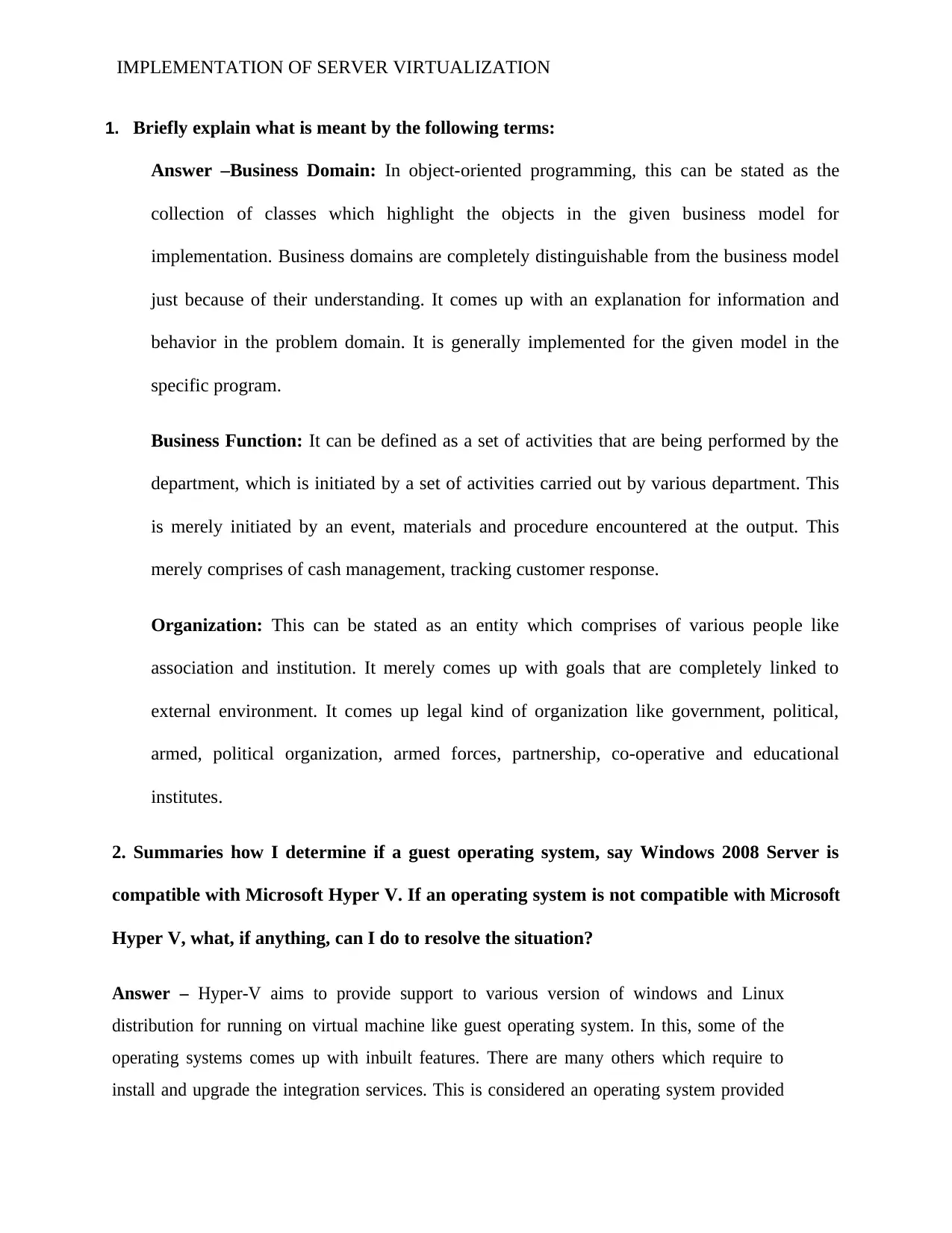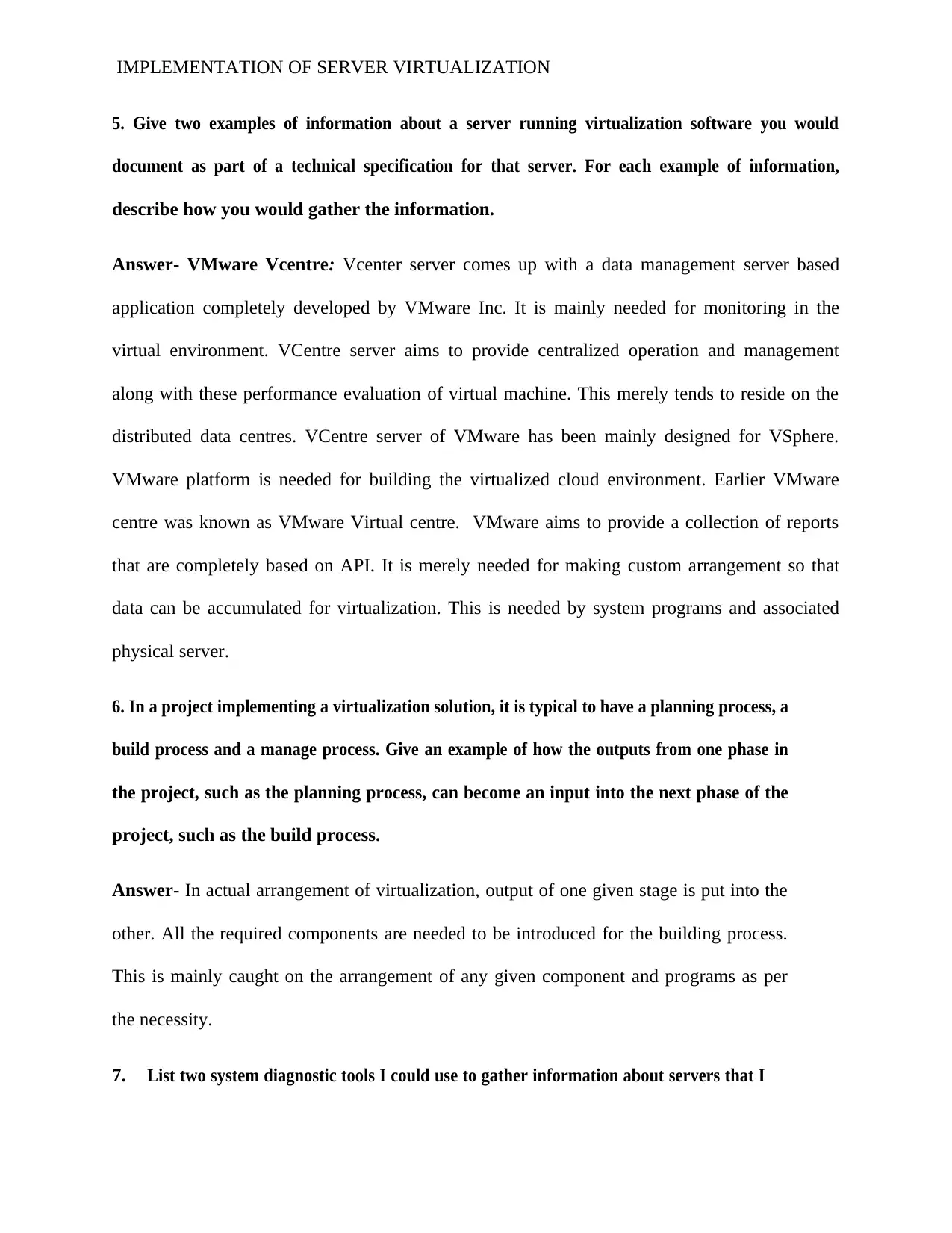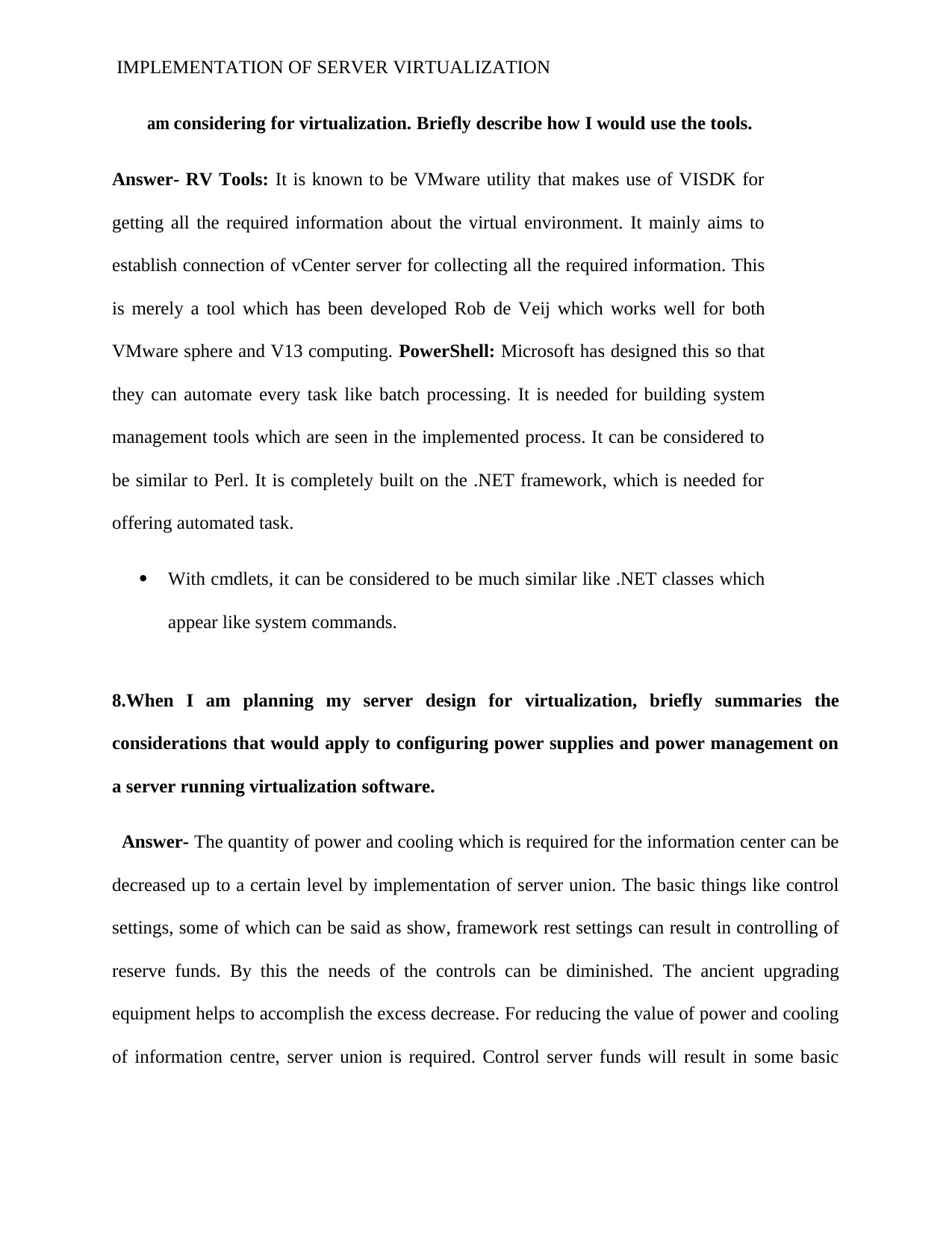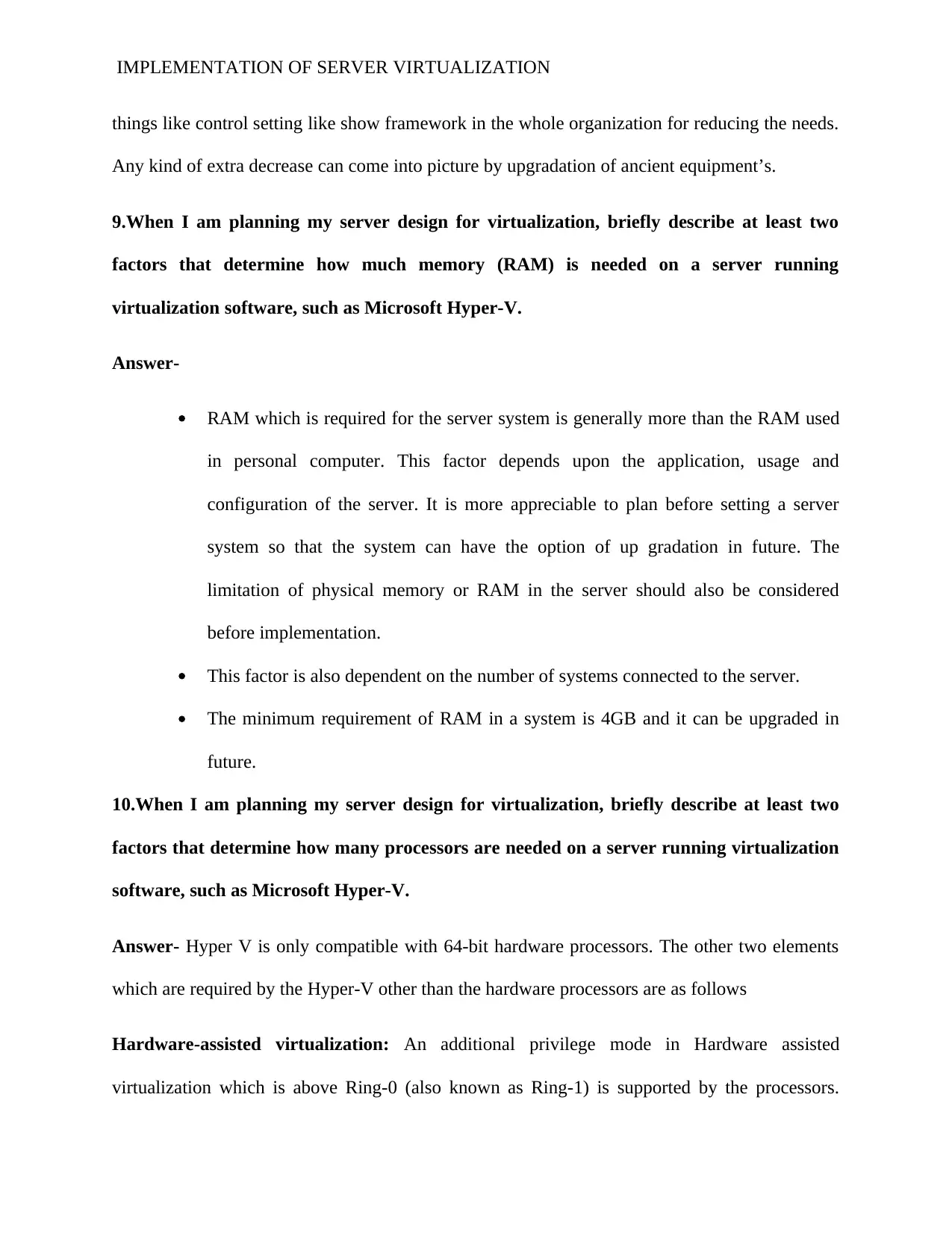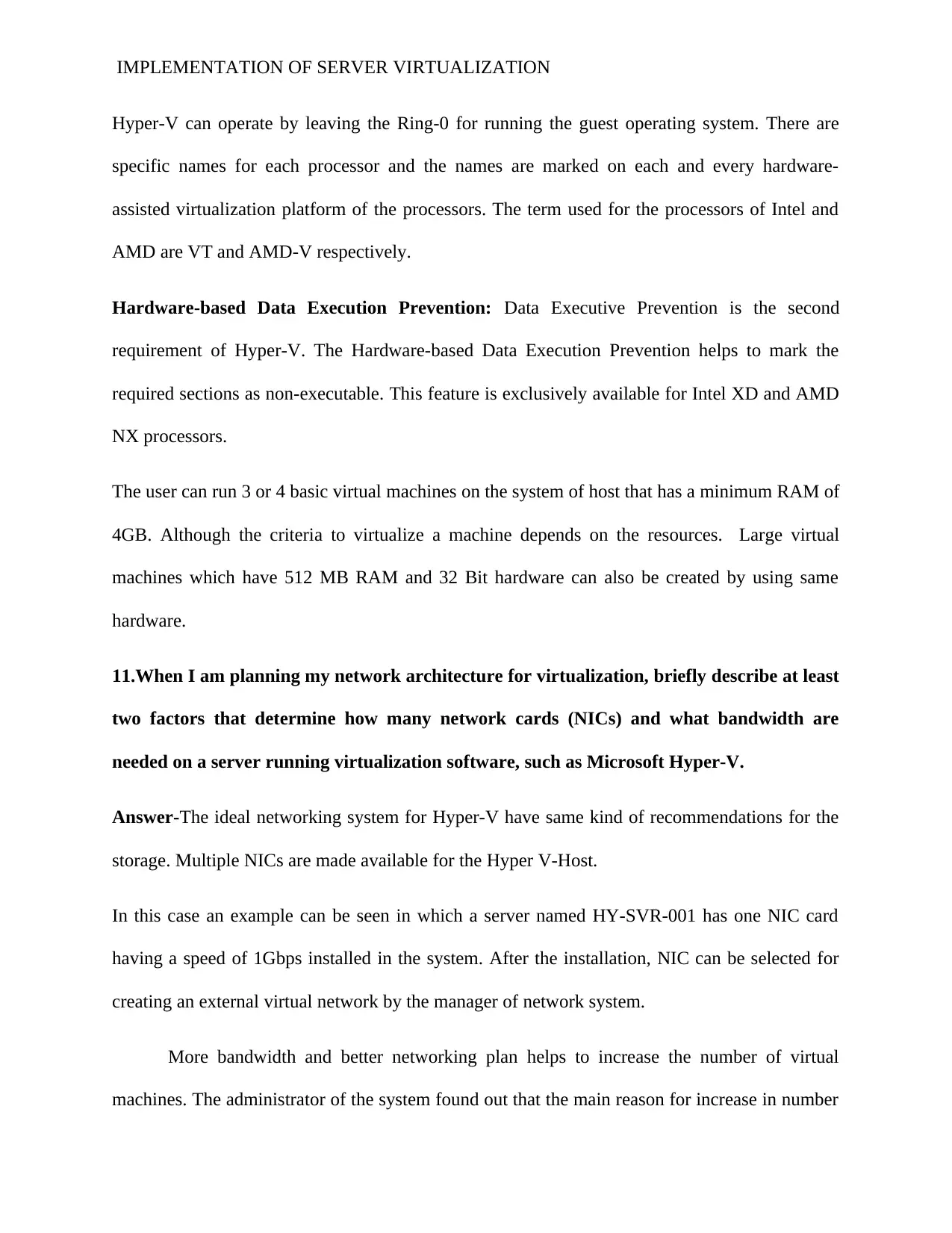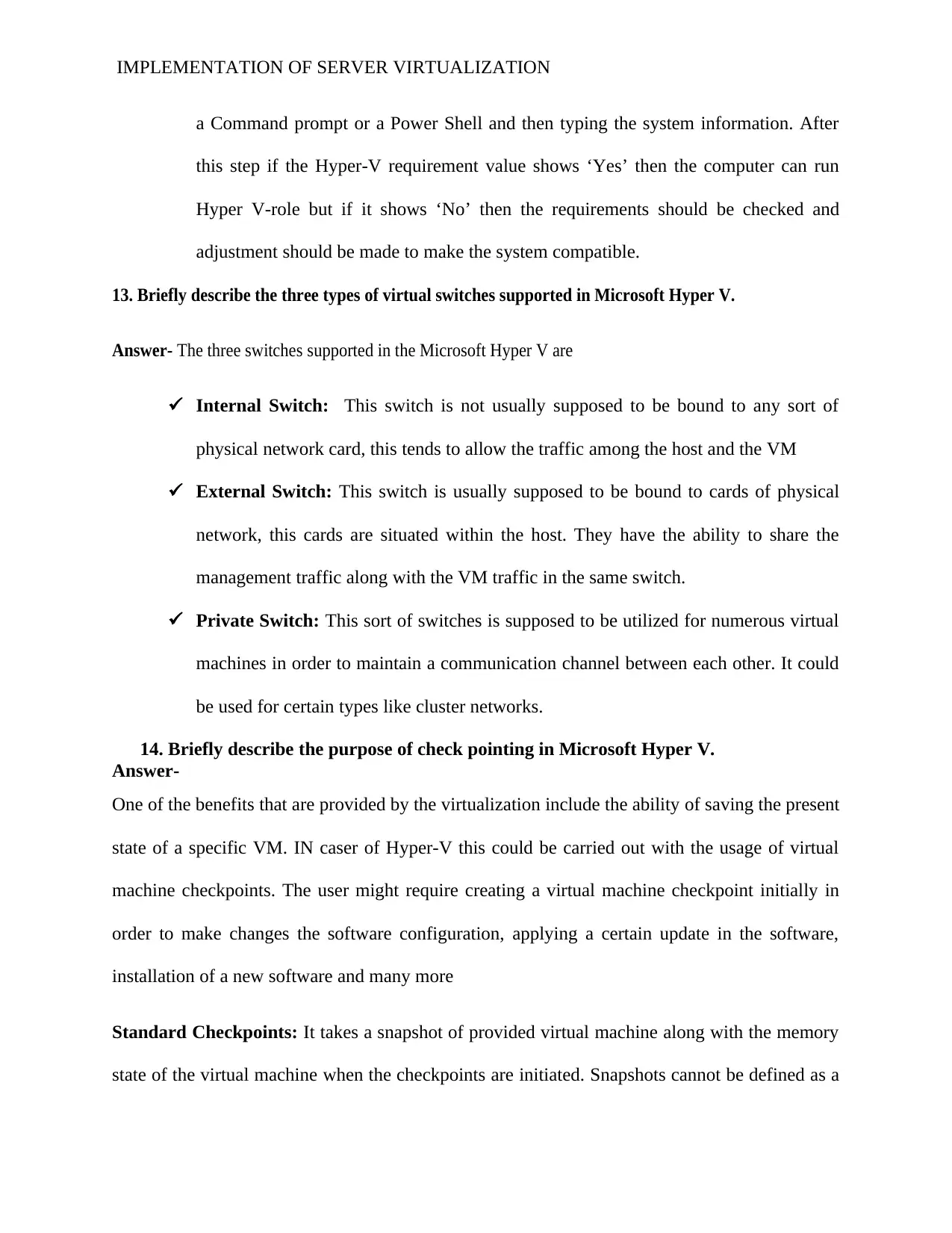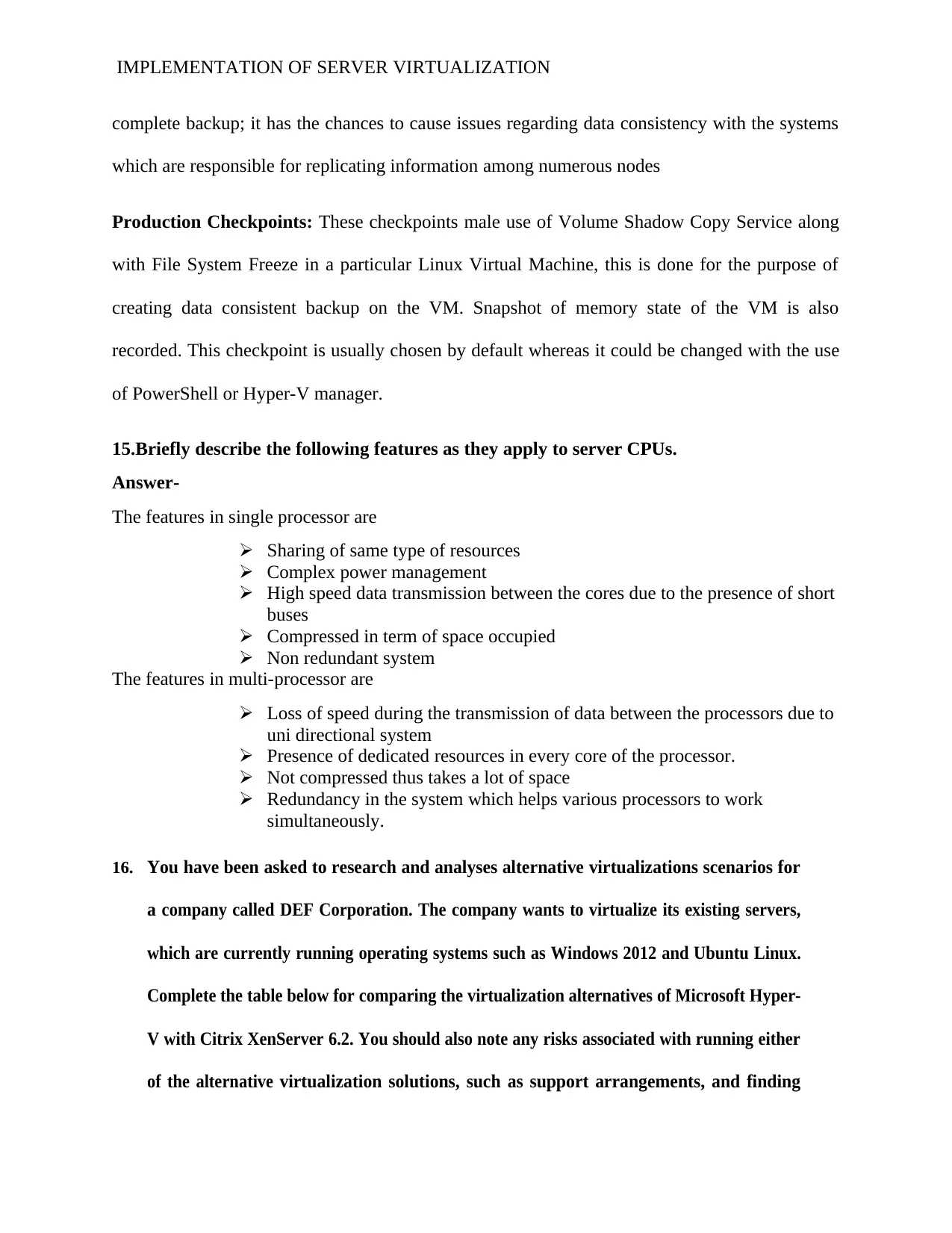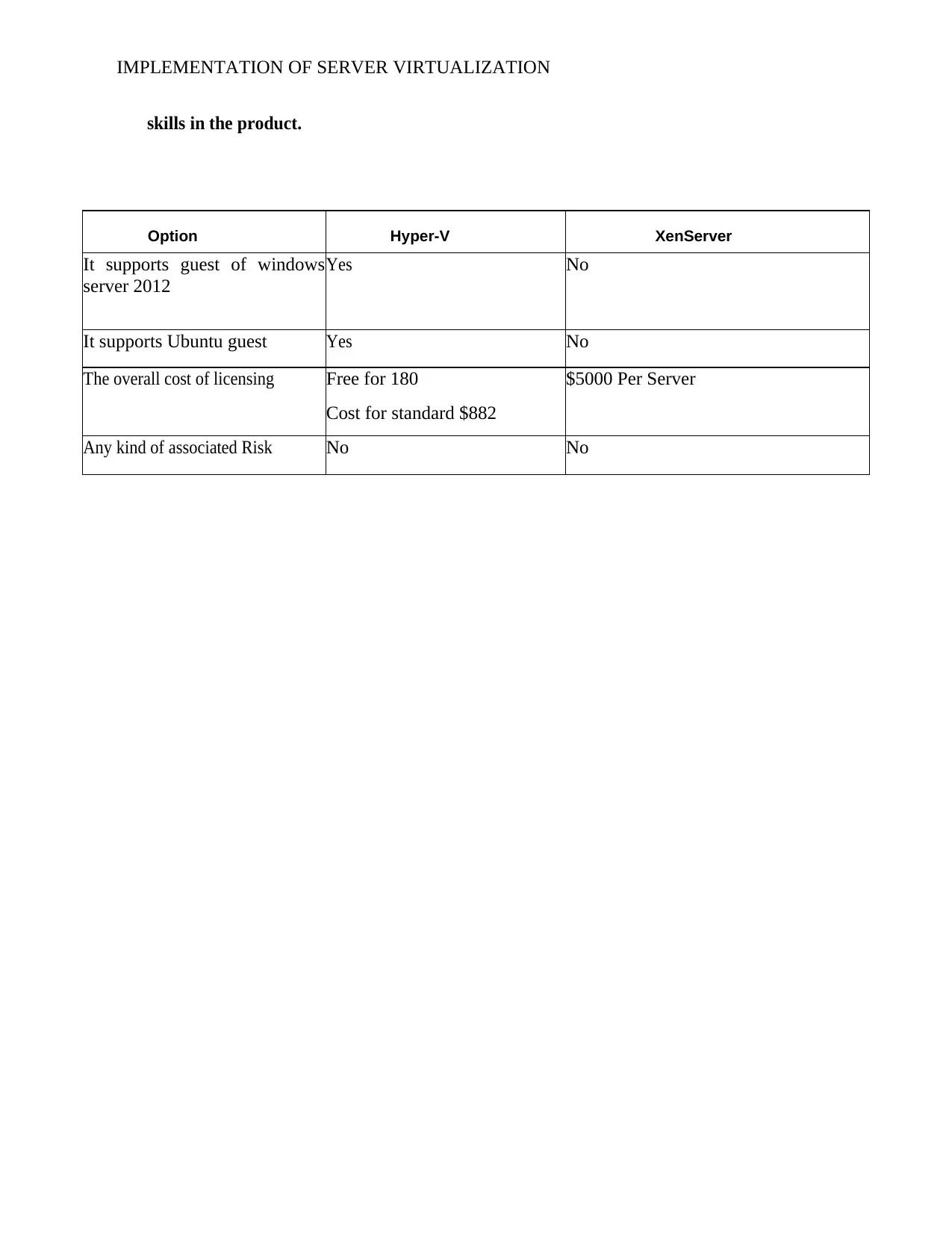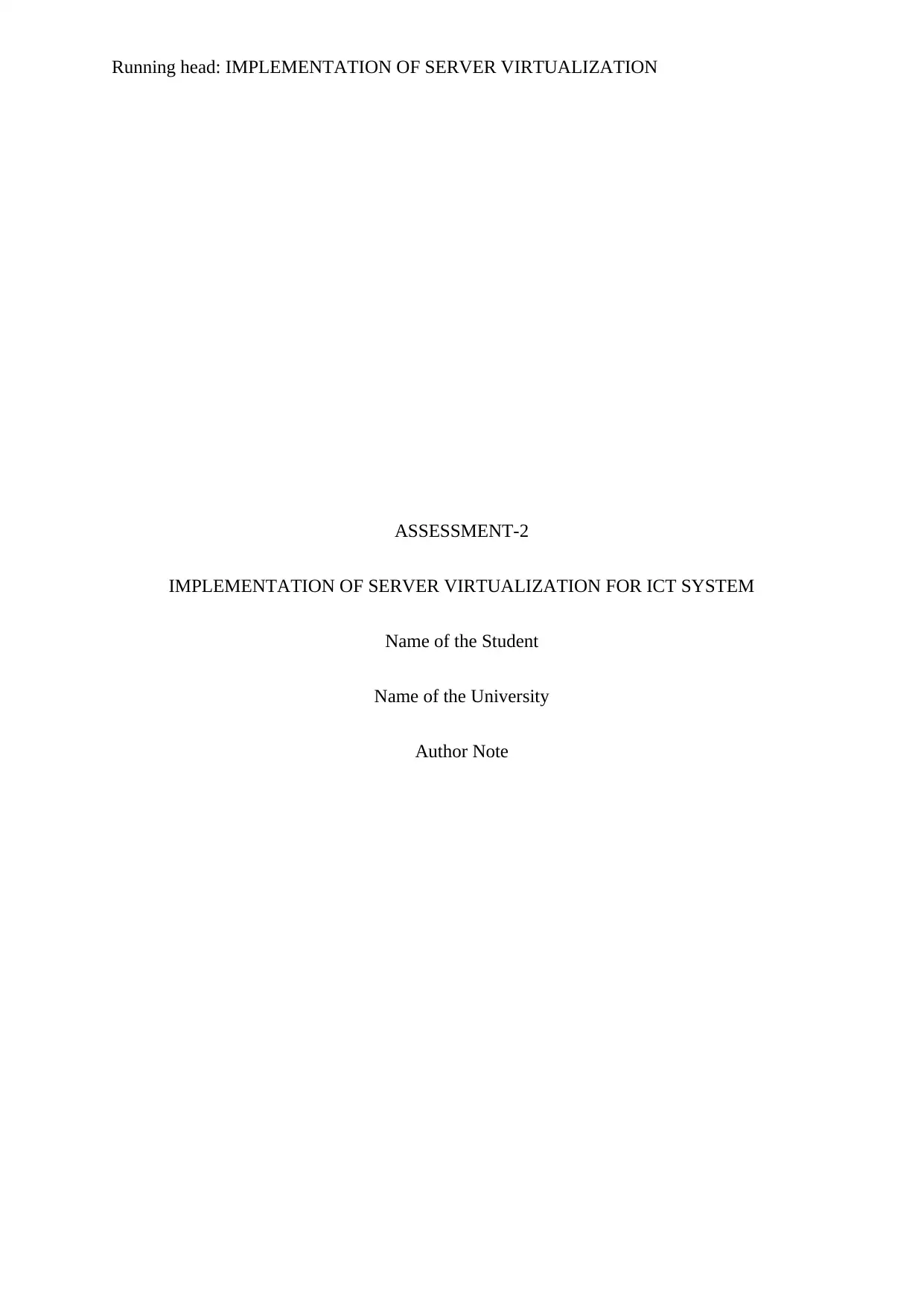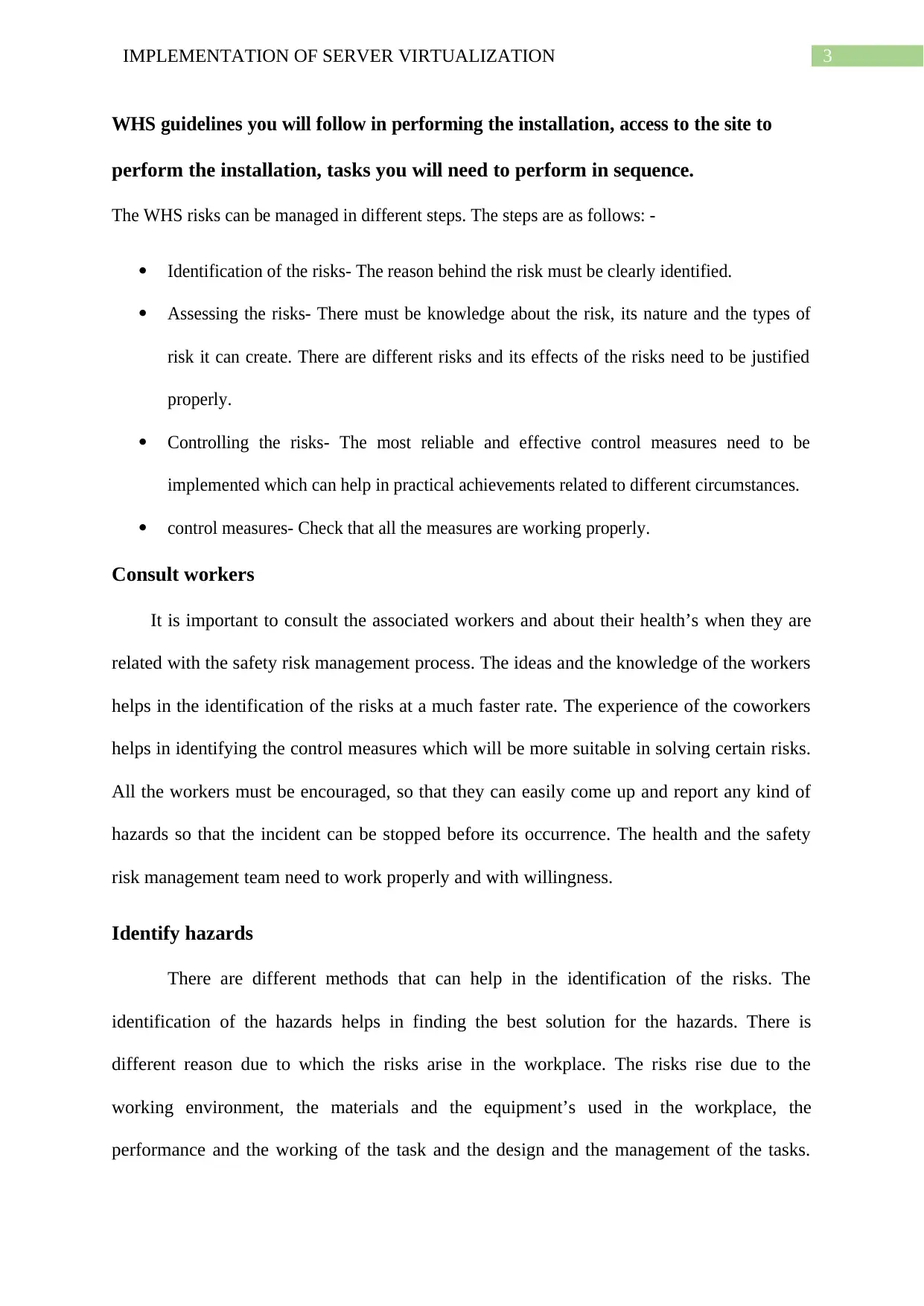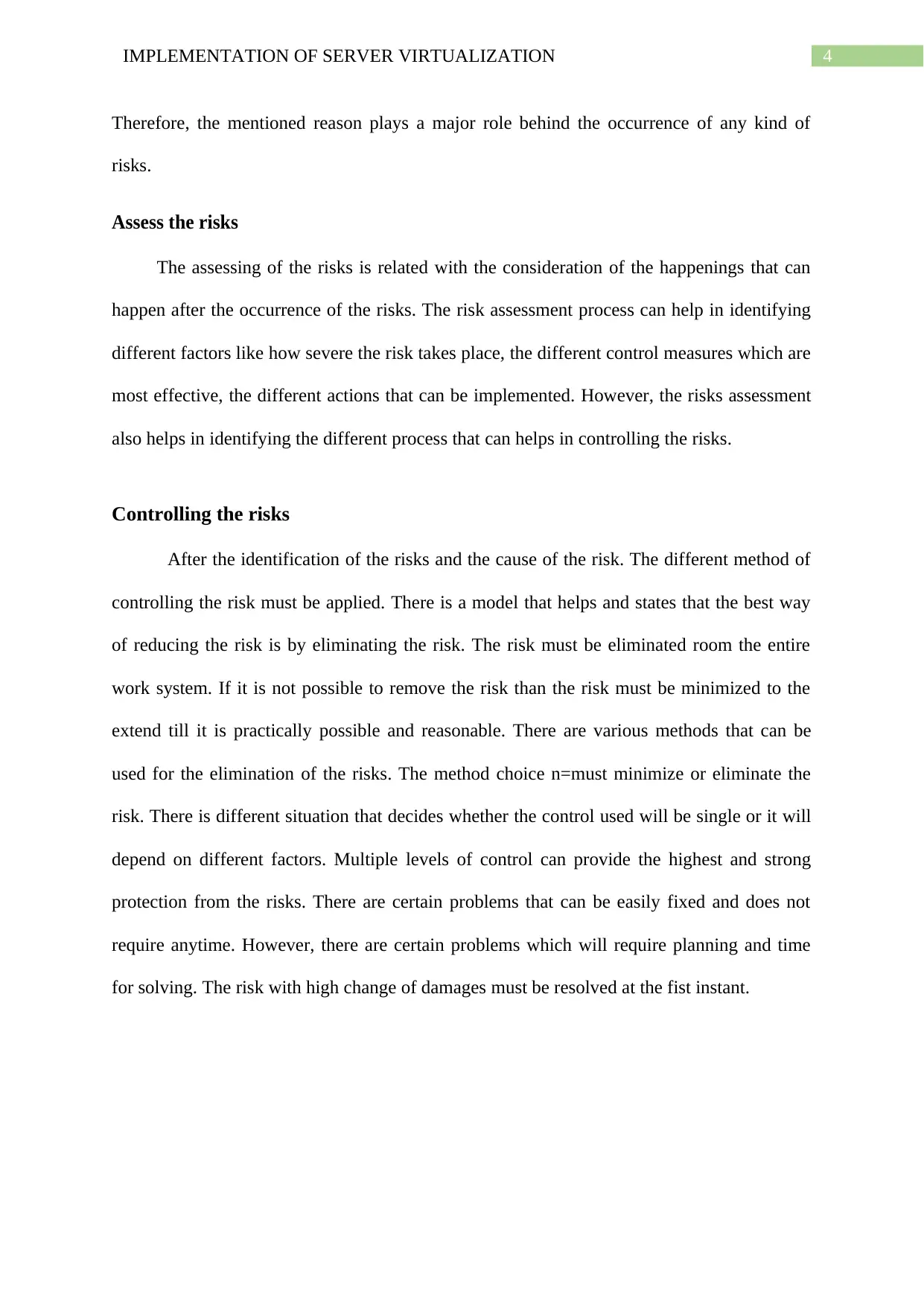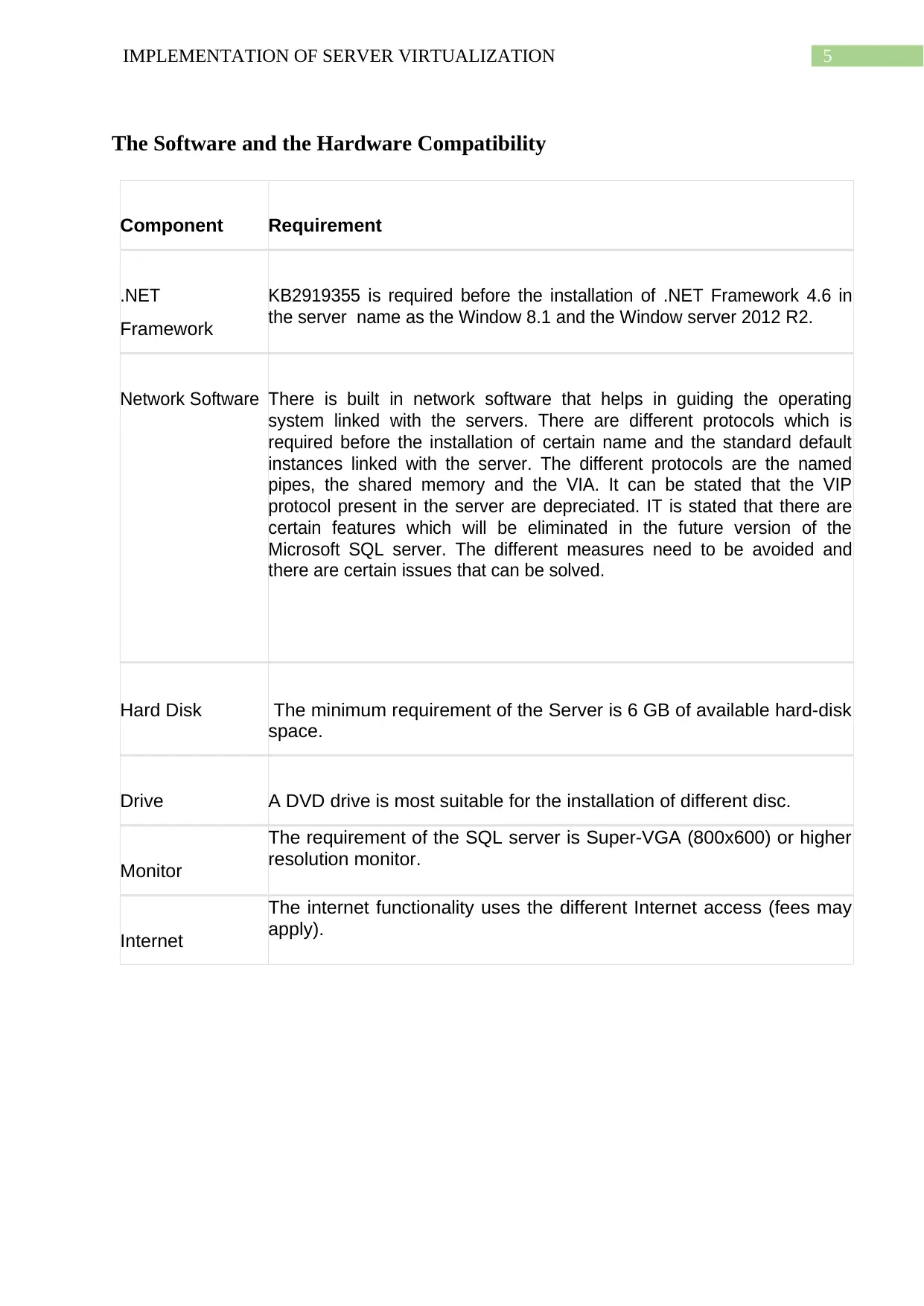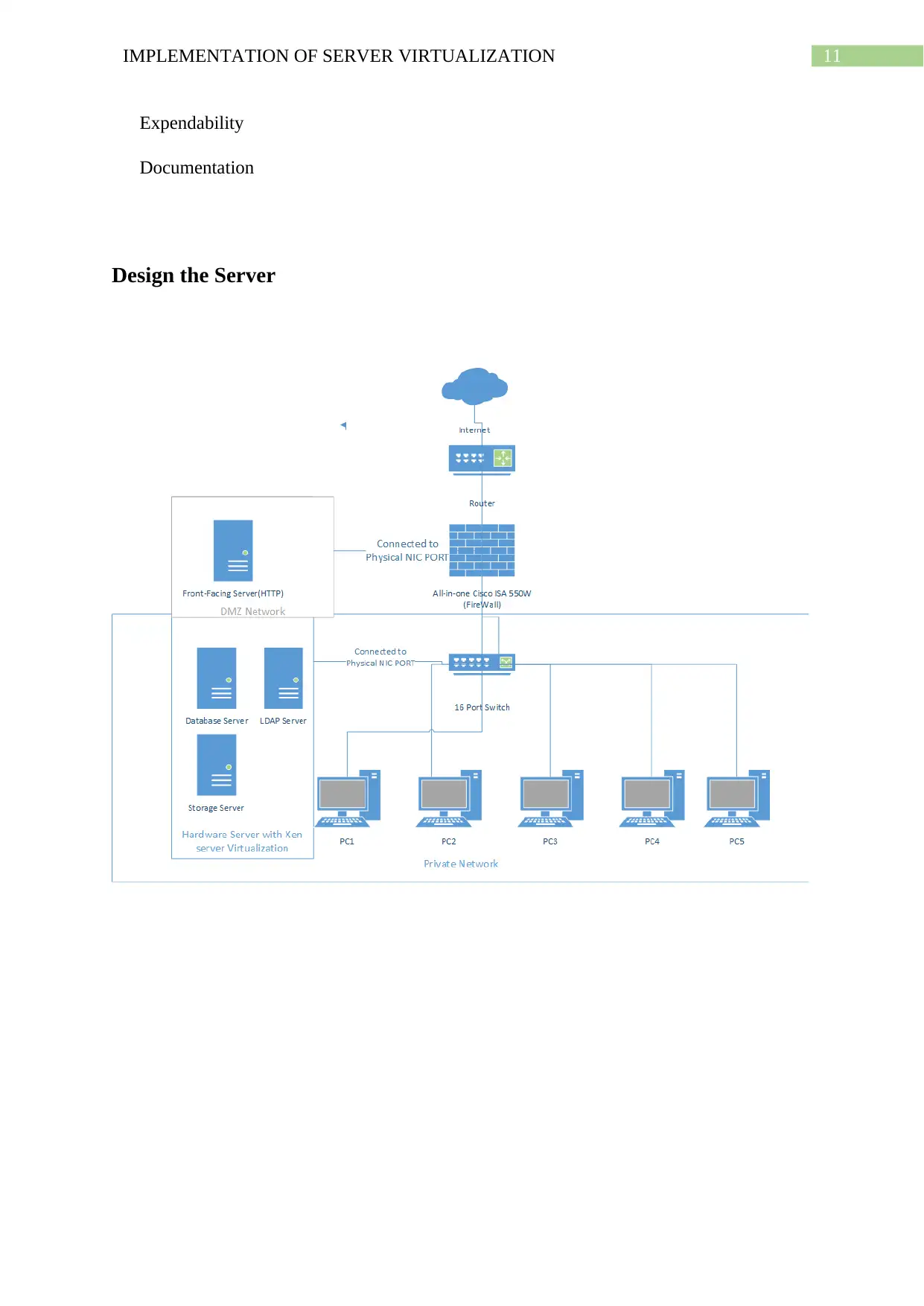This document discusses the implementation of server virtualization for ICT systems. It covers various topics such as business domain, business function, and organization. It also explains how to determine compatibility of guest operating systems with Microsoft Hyper V and how to configure IP-related parameters on a Windows server. Additionally, it explores software products used for server virtualization and provides information to document in a technical specification for a server running virtualization software. The document also includes planning considerations for server design, hardware compatibility for Microsoft Hyper V, types of virtual switches supported in Hyper V, and the purpose of check pointing in Hyper V. Finally, it compares Microsoft Hyper V with Citrix XenServer 6.2 for virtualization alternatives.
![[object Object]](/_next/static/media/star-bottom.7253800d.svg)
![[object Object]](/_next/static/media/star-bottom.7253800d.svg)
